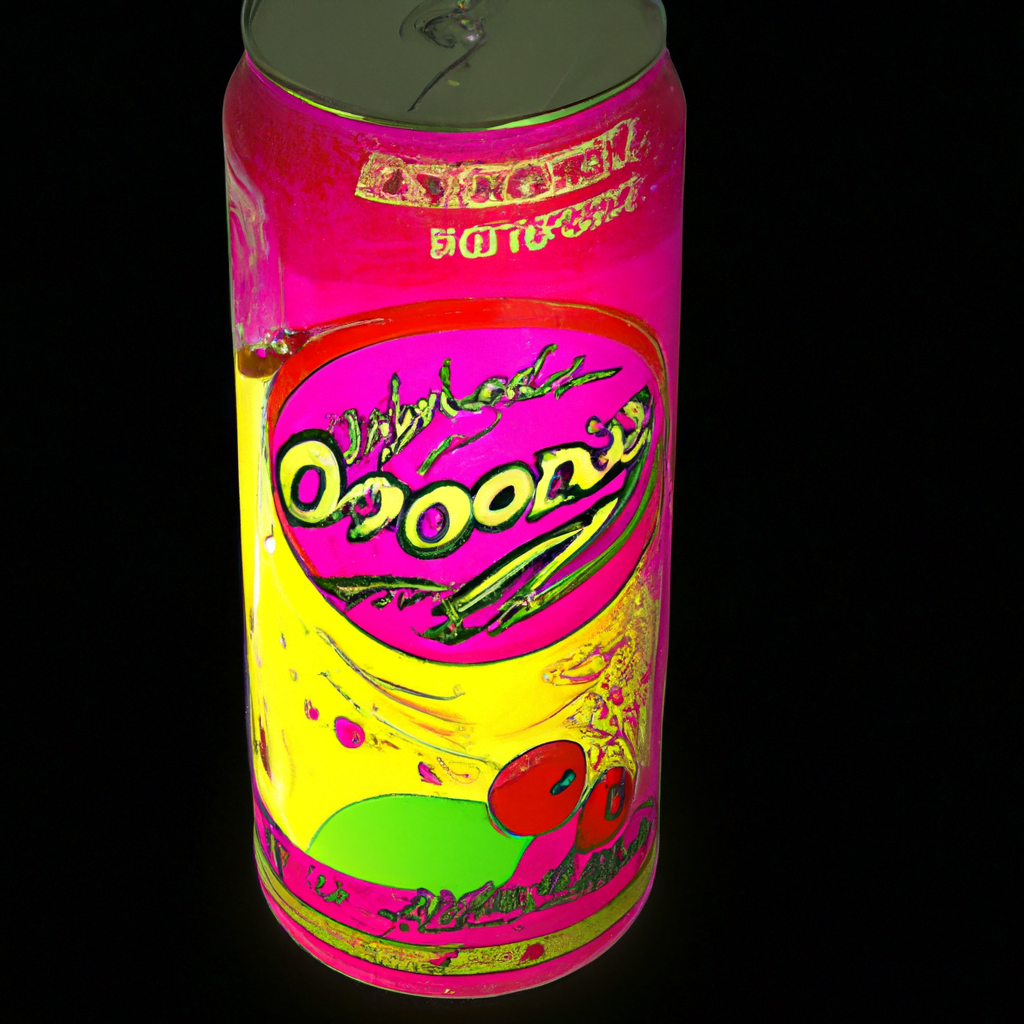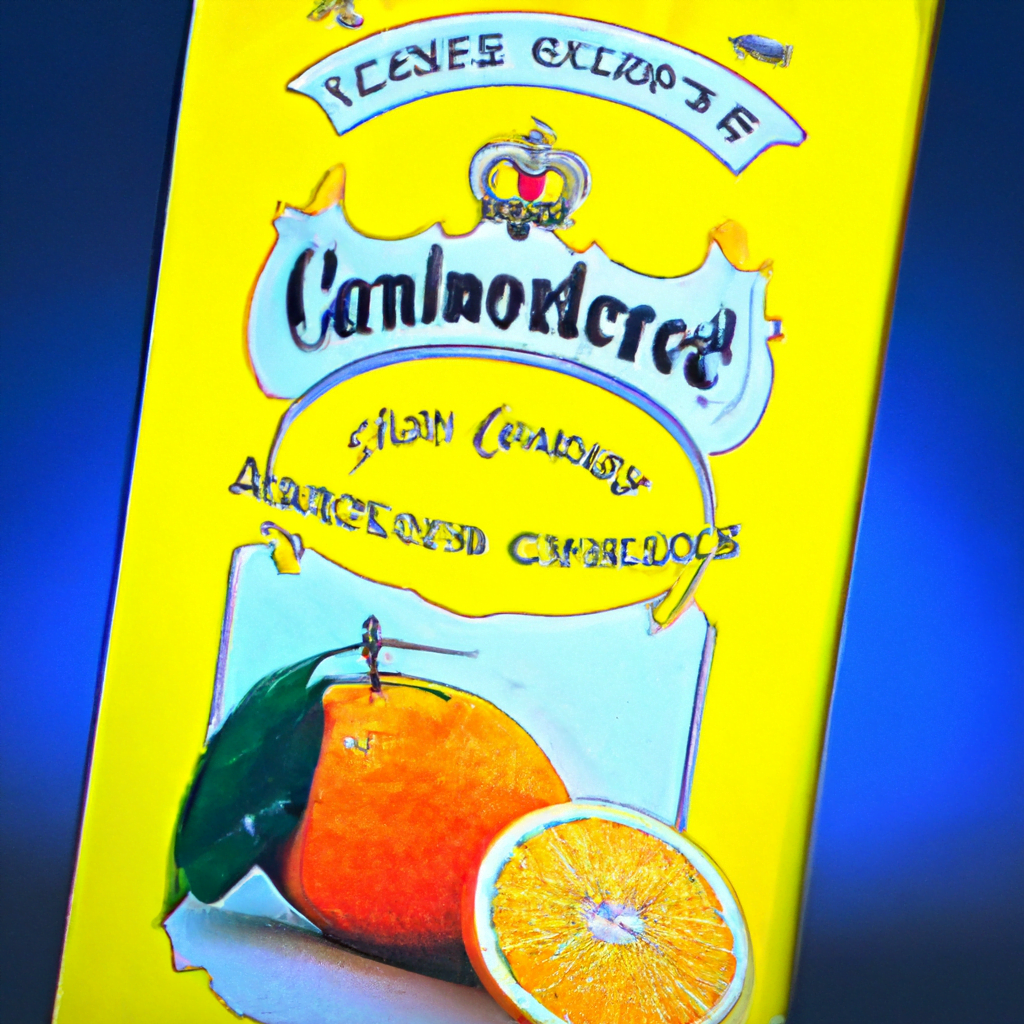
Packaging Design for Non-Alcoholic Beverages

Introduction
Packaging design plays a crucial role in the success of any product, and non-alcoholic beverages are no exception. The packaging of a product is the first point of contact between the consumer and the brand, and it can make or break the sale. A well-designed package can attract the attention of the consumer and communicate the brand’s message effectively. In this article, we will explore the importance of packaging design for non-alcoholic beverages and provide insights into how to create a compelling package that stands out in a crowded market.
The Importance of Packaging Design for Non-Alcoholic Beverages
The non-alcoholic beverage market is highly competitive, with numerous brands vying for the attention of consumers. In such a crowded market, packaging design can be the key differentiator that sets a brand apart from its competitors. A well-designed package can communicate the brand’s message, create a strong visual identity, and attract the attention of the consumer.
Communicating the Brand’s Message
Packaging design can be used to communicate the brand’s message effectively. The package can convey the brand’s values, mission, and personality. For example, a brand that focuses on health and wellness can use packaging design to communicate its commitment to natural ingredients and sustainability. Similarly, a brand that targets young adults can use packaging design to create a fun and playful image.
Creating a Strong Visual Identity
Packaging design can also be used to create a strong visual identity for the brand. A well-designed package can help the brand stand out in a crowded market and make it easily recognizable. The package can incorporate the brand’s logo, colors, and typography to create a cohesive visual identity. For example, Coca-Cola’s iconic red and white packaging is instantly recognizable and has become synonymous with the brand.
Attracting the Attention of the Consumer
Packaging design can also be used to attract the attention of the consumer. A well-designed package can catch the eye of the consumer and encourage them to pick up the product. The package can use bold colors, unique shapes, and eye-catching graphics to stand out on the shelf. For example, the packaging for Monster Energy drinks uses bold colors and graphics to create a high-energy image that appeals to its target audience.
Key Elements of Packaging Design for Non-Alcoholic Beverages
Now that we have established the importance of packaging design for non-alcoholic beverages, let’s explore the key elements that make up a compelling package.
Shape and Size
The shape and size of the package can have a significant impact on the consumer’s perception of the product. A unique shape or size can make the product stand out on the shelf and create a memorable experience for the consumer. For example, the hourglass-shaped bottle of Coca-Cola’s Contour bottle has become an iconic symbol of the brand.
Color
Color is a powerful tool in packaging design and can be used to create a strong visual identity for the brand. The color of the package can communicate the brand’s values, personality, and target audience. For example, green is often used to communicate health and wellness, while red is associated with energy and excitement.
Typography
Typography is another important element of packaging design. The font used on the package can communicate the brand’s personality and create a cohesive visual identity. For example, a playful and fun brand may use a bold and playful font, while a more sophisticated brand may use a more elegant font.
Graphics
Graphics can be used to create a strong visual impact and communicate the brand’s message effectively. The graphics on the package can be used to create a unique and memorable image that sets the brand apart from its competitors. For example, the graphics on the packaging for Vitaminwater use bold and colorful graphics to create a fun and playful image.
Case Studies
Let’s take a look at some examples of successful packaging design for non-alcoholic beverages.
Coca-Cola
Coca-Cola’s Contour bottle is an iconic example of successful packaging design. The hourglass shape of the bottle is instantly recognizable and has become synonymous with the brand. The red and white color scheme and the classic typography create a strong visual identity for the brand.
Vitaminwater
Vitaminwater’s packaging design is another example of successful branding. The bold and colorful graphics on the package create a fun and playful image that appeals to its target audience. The typography is bold and playful, further reinforcing the brand’s personality.
Monster Energy
Monster Energy’s packaging design is a great example of how packaging can be used to create a strong visual impact. The bold colors and graphics on the package create a high-energy image that appeals to its target audience. The typography is bold and edgy, further reinforcing the brand’s personality.
Conclusion
Packaging design is a crucial element in the success of non-alcoholic beverages. A well-designed package can communicate the brand’s message effectively, create a strong visual identity, and attract the attention of the consumer. The key elements of packaging design include shape and size, color, typography, and graphics. By incorporating these elements into the package design, brands can create a compelling package that stands out in a crowded market.
